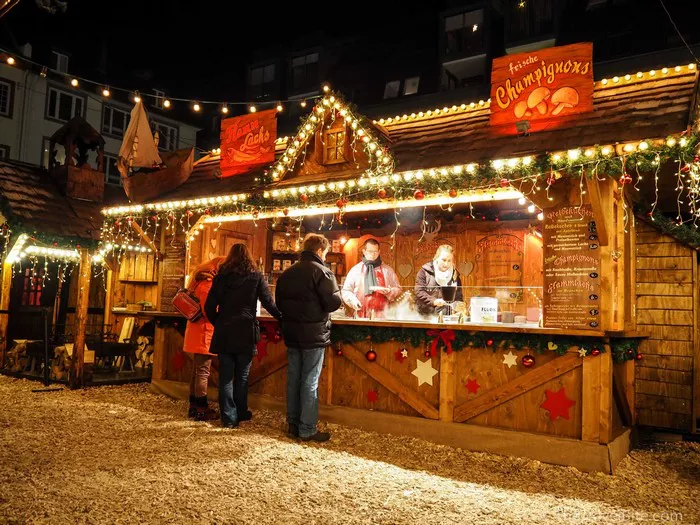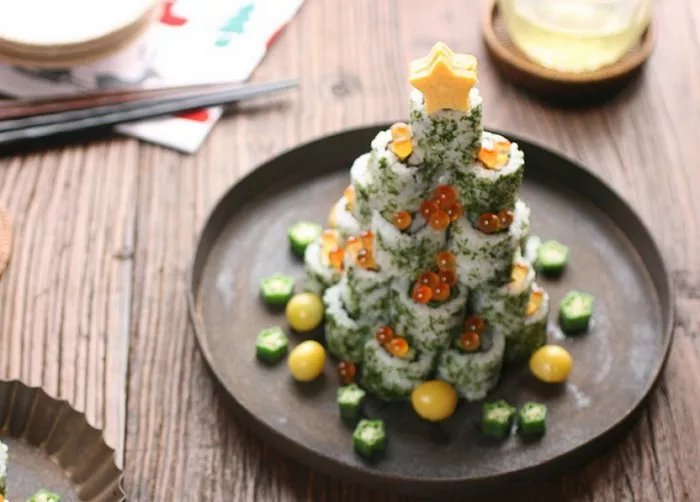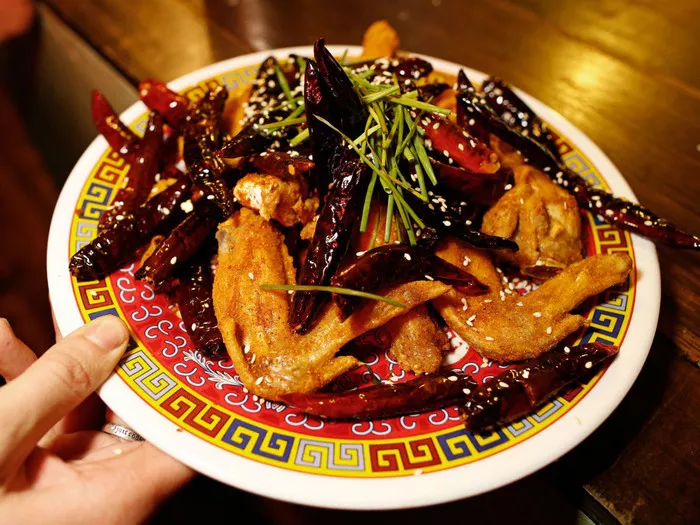When it comes to Christmas traditions, few countries can rival the rich culinary heritage of Italy. Italians take great pride in their Christmas food, and Christmas is a time when they pull out all the stops to create elaborate feasts that celebrate the season and their unique regional flavors. From the snowy peaks of the Alps to the sun-kissed shores of Sicily, Italians come together to share hearty meals, passed-down family recipes, and delicious treats that have been part of their festive rituals for centuries.
1. La Vigilia: The Feast of the Seven Fishes
For many Italians, Christmas Eve, known as “La Vigilia,” is just as important as Christmas Day when it comes to food celebrations. A significant part of La Vigilia is the traditional “Feast of the Seven Fishes,” or “Festa dei Sette Pesci.” This meal consists of seven different seafood dishes, symbolizing the seven sacraments of the Catholic Church or the seven days of creation. The selection of dishes may vary depending on the region, but popular choices include baccalà (salted cod), calamari, shrimp, anchovies, and clams. This seafood extravaganza reflects Italy’s historical connection to the sea and adds a unique touch to the festive season.
2. Antipasti: A Festive Start
Italian Christmas feasts begin with a selection of antipasti, or appetizers, to tantalize the taste buds. These can include a variety of cured meats, such as prosciutto and salami, served alongside an array of cheeses, olives, marinated vegetables, and bruschetta with fresh tomatoes and basil. These delightful bites set the tone for the rest of the meal and encourage conviviality among family and friends.
3. Primo: Pasta, Risotto, and More
After the antipasti, the primo course follows, featuring a variety of pasta dishes or risottos. Popular pasta choices include lasagna, tagliatelle with ragù (Bolognese sauce), and cannelloni, filled with a rich mixture of meats and cheeses. In some regions, particularly in the south, you might find pasta made from scratch, like orecchiette in Puglia or trofie in Liguria. Risotto is another favorite primo, with variations like saffron-infused risotto in Milan or seafood risotto along the coastal areas.
4. Il Secondo: The Magnificent Main Course
The secondo course is the centerpiece of the Italian Christmas feast, featuring a succulent main dish that often centers around meat or poultry. Roasted meats like turkey, capon, or veal are commonly served, accompanied by a medley of seasonal vegetables like roasted potatoes, artichokes, and fennel. In some regions, you might find a festive stuffed pig’s trotter known as “cotechino” or a slow-cooked veal dish called “vitello tonnato” in Piedmont.
5. Insalata e Formaggi: Salads and Cheeses
Following the second course, Italians typically enjoy a refreshing salad made with fresh greens, citrus fruits, and nuts, providing a delightful contrast to the richness of the previous courses. Additionally, a selection of regional cheeses, such as Parmigiano-Reggiano, Pecorino, and Gorgonzola, are often served with honey, dried fruits, or sweet preserves.
6. Dolci: The Sweet Finale
The dolci, or desserts, are perhaps the most anticipated part of the Italian Christmas feast. Italians take great pride in their holiday sweet treats, and each region has its own specialties. Panettone and Pandoro are two iconic Christmas cakes enjoyed throughout Italy. Panettone, originating from Milan, is a dome-shaped sweet bread filled with candied fruits and raisins. On the other hand, Pandoro, from Verona, is a golden, star-shaped cake dusted with powdered sugar, symbolizing the Christmas star.
In Naples, locals indulge in “struffoli,” deep-fried dough balls coated in honey and colorful sprinkles, while in Sicily, “cuccidati,” fig-filled cookies, take center stage. Other beloved Christmas desserts include “panforte” from Tuscany, a dense, spiced fruit and nut cake, and “ricciarelli” almond cookies from Siena.
7. Vin Brulé and Other Festive Drinks
Throughout the Christmas season, Italians savor various festive drinks to warm their spirits and complement their meals. One popular choice is “vin brulé,” a mulled wine infused with spices like cinnamon, cloves, and orange peel. It’s the perfect drink to enjoy during cold winter nights, adding a touch of warmth and cheer to the celebrations. Additionally, regional liqueurs like “limoncello” from the Amalfi Coast or “amaretto” from Saronno are also popular choices to end the meal on a high note.
Conclusion
In Italy, Christmas is truly a time of indulgence, tradition, and togetherness. The country’s rich culinary heritage shines through during this festive season, with each region contributing its own unique flavors and specialties. From the Feast of the Seven Fishes on Christmas Eve to the decadent array of desserts, Italians celebrate the holiday with an abundance of delicious food and cherished family recipes passed down through generations. So, if you have the opportunity to spend Christmas in Italy, prepare yourself for a culinary journey that will leave you with a belly full of delectable memories and a heart warmed by the spirit of Christmas. Buon Natale!



























